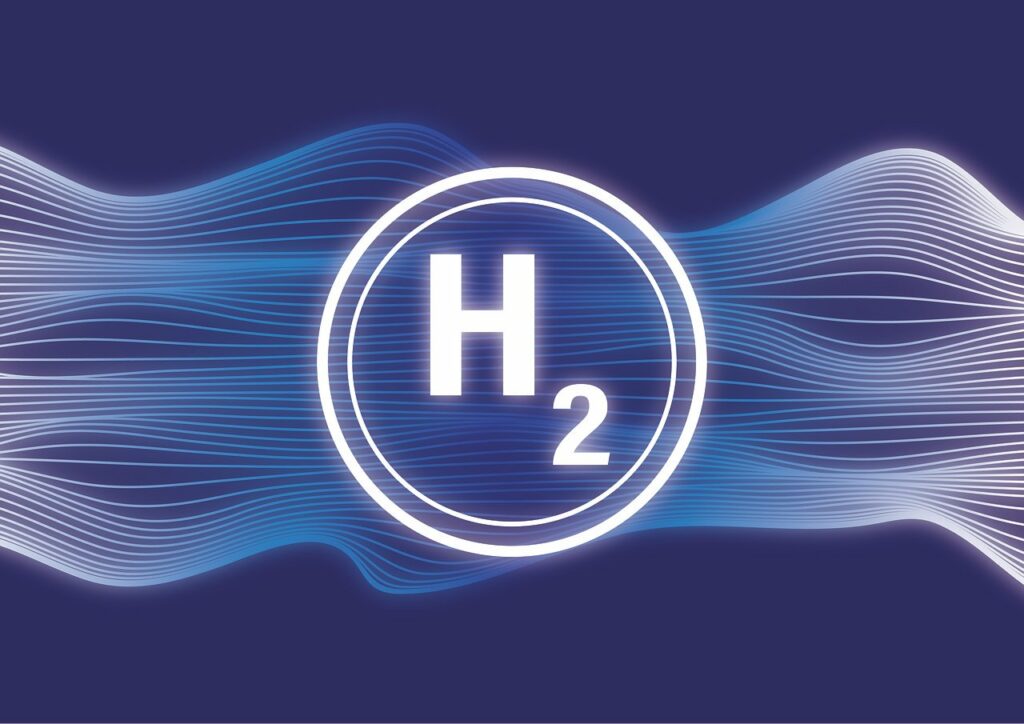The International Renewable Energy Agency (IRENA) has published a report, “Green Hydrogen Strategy: A Guide to Design,” outlining the essential components and considerations for developing national green hydrogen strategies.
Green hydrogen, produced through the electrolysis of water using renewable energy sources, is seen as a key solution to decarbonize hard-to-abate sectors and enable large-scale storage and transportation of clean energy. This promise is underscored by international agreements like the Paris Agreement and the latest IPCC reports, which highlight green hydrogen’s role in achieving net-zero greenhouse gas emissions.
Developing a green hydrogen strategy involves identifying the motivations and drivers behind the initiative. These typically include policy goals aimed at reducing carbon emissions, enhancing energy security, and fostering economic growth through new industries and job creation. Historical “hydrogen waves of interest,” such as during the oil crisis of the 1970s, set a precedent for the current focus on hydrogen.
While the motivations behind green hydrogen strategies are clear, it’s essential to compare these goals against economic realities. Reducing carbon emissions and enhancing energy security are commendable objectives, but they must be balanced with the practicalities of technology adoption and market readiness.
A critical aspect of any green hydrogen strategy is stakeholder engagement. Effective engagement involves identifying key stakeholders, including government bodies, industry players, research institutions, and the public, to ensure broad-based support and collaboration. This approach helps address potential barriers and leverages diverse perspectives to create a more robust and inclusive strategy.
While broad stakeholder engagement is crucial, the challenge lies in balancing inclusivity with practicality. Engaging a wide range of stakeholders can lead to comprehensive strategies, but it may also slow down decision-making and implementation.
Long-term energy scenarios (LTES) are vital for integrating green hydrogen strategies into broader energy planning. These scenarios help understand the technical and economic implications of various pathways for hydrogen production and utilization. They also assist in setting realistic and achievable targets for hydrogen production, consumption, and capacity expansion, aligned with national and global climate goals.
While long-term energy scenarios provide a framework for integrating hydrogen strategies, it’s important to assess the balance between ambition and feasibility. Setting high targets is necessary for driving progress, but these targets must be grounded in technological and economic realities.
Setting priorities within a green hydrogen strategy involves considering factors like renewable energy resource availability, existing infrastructure, technological readiness, and market demand. The strategy should balance immediate needs with long-term goals, choosing between “silver bullet” approaches for high-impact applications and broader “champagne” strategies for widespread adoption.
The challenge in priority setting lies in balancing a strategic focus with a comprehensive approach. Focusing on specific high-impact areas can drive quick gains, but a broader strategy may be necessary for long-term sustainability and resilience.
Export considerations are particularly relevant for countries with abundant renewable energy resources. Strategic positioning in the global hydrogen market can offer economic benefits and strengthen energy ties with other nations. This involves assessing the potential for hydrogen trade, understanding the geopolitical landscape, and establishing certification and sustainability standards for hydrogen exports.
While the potential for economic benefits from hydrogen exports is significant, it’s essential to balance this with domestic energy needs. Export strategies should not compromise the availability of green hydrogen for local consumption and development.
Target setting is a crucial component of a green hydrogen strategy, involving clear and measurable goals for hydrogen production, consumption, and infrastructure development. These targets should be supported by robust policies and regulatory frameworks that provide certainty to investors and industry stakeholders.
Setting ambitious targets is necessary for driving the hydrogen economy forward, but these targets must be realistic and achievable. Overly ambitious goals without adequate support can lead to setbacks and disillusionment.
Identifying and addressing barriers is vital for the successful implementation of a green hydrogen strategy. Barriers can range from high production costs and technological challenges to regulatory hurdles and market uncertainties. Effective strategies include measures to overcome these barriers, such as financial incentives, research and development support, and streamlined regulatory processes.
While innovation is crucial for overcoming technological and economic barriers, regulatory support is equally important. Balancing innovation with effective regulation will be key to the successful rollout of green hydrogen technologies.
Governance structures are essential for overseeing the implementation of the hydrogen strategy. These structures should ensure coordinated efforts across different government agencies and alignment with broader national energy and climate policies. Effective governance also involves monitoring progress, evaluating outcomes, and making necessary adjustments to the strategy over time.
Effective governance requires coordination without creating excessive bureaucracy. Streamlined governance structures that facilitate swift decision-making and implementation are crucial for the success of green hydrogen strategies.





